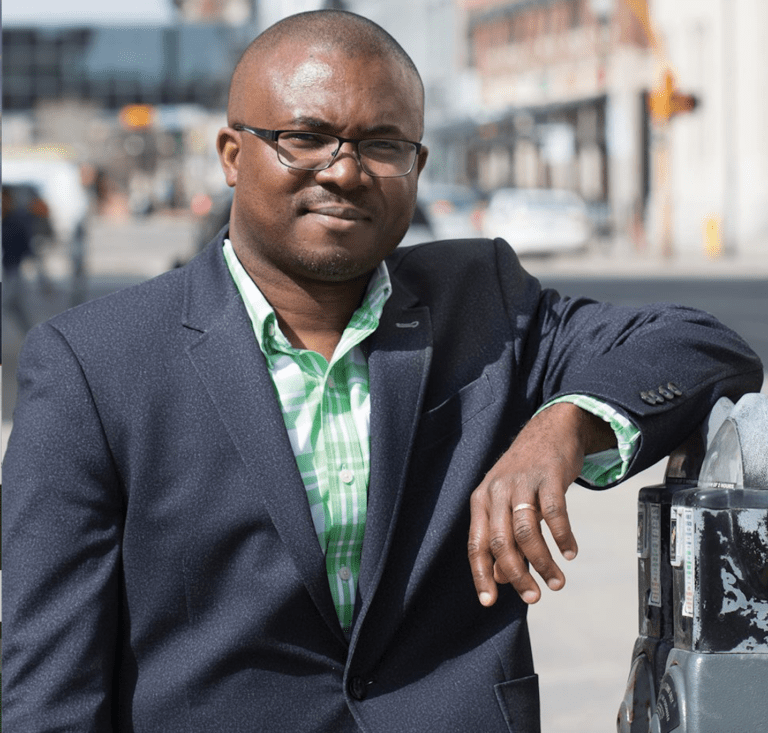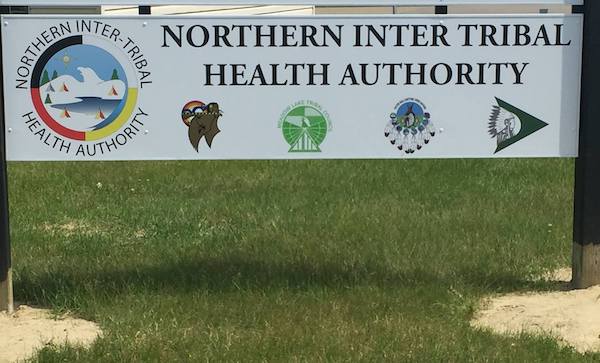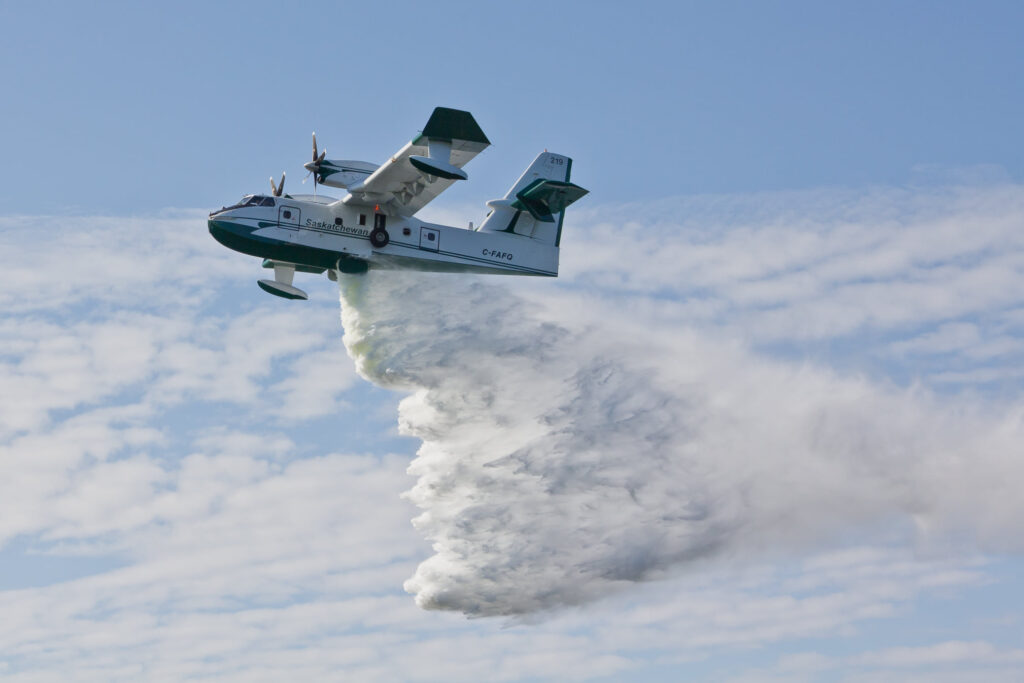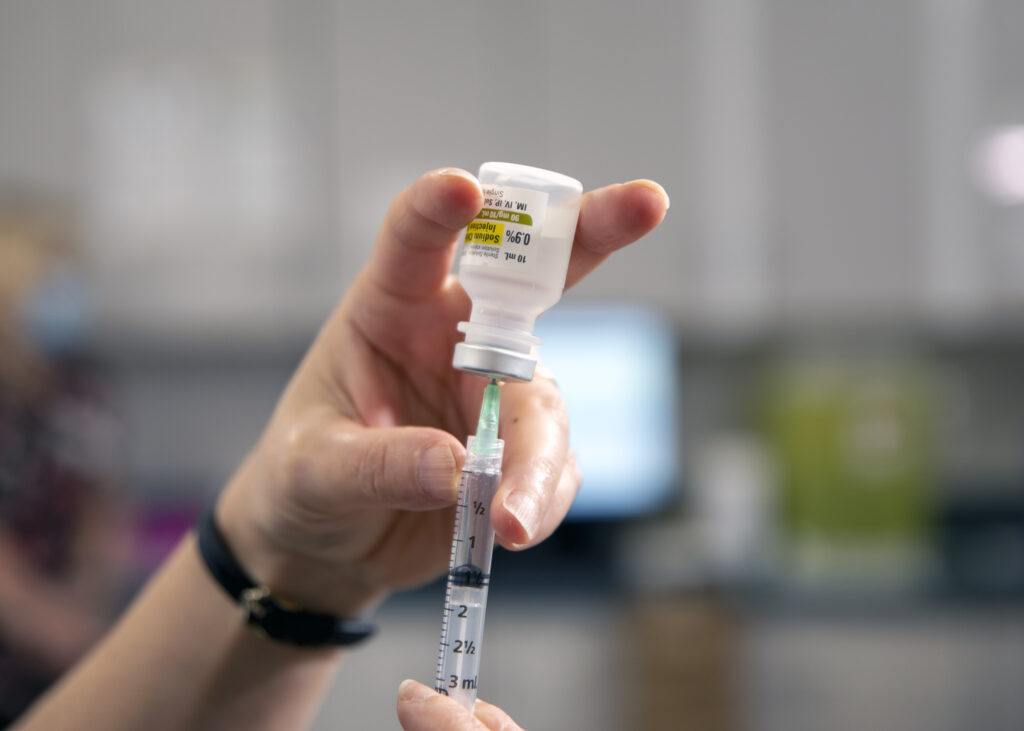
Health workers are fighting to prevent an outbreak of COVID-19 in Buffalo River Dene Nation communities as residents who were evacuated due to wildfires return home from the Lloydminster area.
“We’ve had an increased number of cases within the far northwest communities. Most of the cases that have been reported are within the Buffalo River Dene Nation,” NITHA Medical Health Officer Dr. Nnamdi Ndubuka said.
“The increase is related to the displacement and evacuation due to the current forest fires — that was the main risk factor. Travel outside of the province was also identified as a risk factor for increased transmission.”

The far northwest reported 24 new cases on Wednesday and two recoveries. There are now 72 active cases in the area — the highest total in the province.
The Buffalo River Dene Nation reported 47 active cases of COVID-19 in the community and counting as of 3 p.m. on Tuesday. That’s up from 35 active cases on Monday when the First Nation reported an increase of 30 active cases since July 15.
Ndubuka said communities already struggling with realities on the ground, such as crowded housing and social issues, are now having to cope with the added burden of evacuations. He said displacement makes taking precautions to prevent the spread of the virus more difficult.
“I think the situation in Buffalo River exemplifies the vulnerabilities in the north, particularly in the setting of forest fires, and the pandemic. When communities are displaced, I think it brings some of the key determinants of health to the fore,” Ndubuka said.
“It also provides an opportunity for us to think as a team about how best some of those determinants can be addressed.”
He said long-term measures need to be developed to mitigate the impact of those ‘social determinants of health’ going forward.
“It’s truly very difficult for the community, community leadership, the health teams and the pandemic teams that have done a great job in containing previous cases in the community prior to the forest fires,” Ndubuka said. “It’s really a very distressing moment for everyone.”

He said healthcare workers are making progress despite a challenging situation that he hopes will not escalate into a full-on outbreak.
“Currently, we have not established any transmission in the community that meets the outbreak definition. So we have not declared an outbreak for that reason,” Ndubuka said.
An immunization drive was held at the Buffalo River clinic on Wednesday, along with increased testing and COVID-19 protocols for returning evacuees to follow.
“Evacuations increased the risk of transmission — especially given the movement of people, Ndubuka said. “Since some of the evacuees are now returning to the community. I think transmission of cases is very likely. But public health is continuing to do a great job to mitigate further transmission amongst those that are being repatriated.”
He said health teams are working to ensure that residents comply with those recommended safety measures while they are returning back to their communities. Relatively low vaccination rates in the north are also a contributing factor, Ndubuka said.

Mass testing was offered in the community on July 16 due to climbing case numbers. At that time the First Nation reported 37 per cent of residents had received their first dose of the vaccine and 22 per cent were fully vaccinated.
“For those that have not done so, they should please ensure that they’re getting the vaccine very quickly to provide that community herd immunity,” Ndubuka said.
“We also want individuals who have symptoms that may or may not suggest COVID-19 to please stay away from attending any gathering or going to work to prevent further risk of transmission.”
He said increased testing is also an important element in the fight to contain the virus in the north in order to “prevent and detect any cluster of cases as quickly as possible.”
Joan Hrycyk, director of emergency and crisis support at the Saskatchewan Public Safety Agency (SPSA) said in a press conference Monday that rapid testing or pop-up vaccine clinics were not offered for all evacuees.
But she said health teams in the evacuated communities would monitor for positive cases or close contacts who had been exposed to the virus.
Evacuees from the Buffalo River Dene Nation were handled by the Meadow Lake Tribal Council (MLTC). Ndubuka said the Saskatchewan Health Authority (SHA) and MLTC health teams made vaccines available to evacuees while in Lloydminster and local health teams are continuing those efforts now.
“As (evacuees) are returning to the community, the health team in Buffalo River will continue to run those vaccine clinics — and also continue with door-to-door home visits to make sure that individuals have the opportunity to get the vaccine,” Ndubuka said.
“Low vaccine coverage definitely is a risk factor for ongoing transmission.”
Ndubuka encouraged northerners to continue to follow COVID-19 guidelines and take precautions to avoid spread of the disease until a higher vaccination rate is reached.
“I think the key lesson here is that within the setting of the pandemic, the variants of concern can really complicate outbreaks,” Ndubuka said.
“When you have an unvaccinated population the risk of outbreak also increases. I think the main lesson is that individuals should get the vaccine and also continue to practice public health measures that will make the community safe.”
